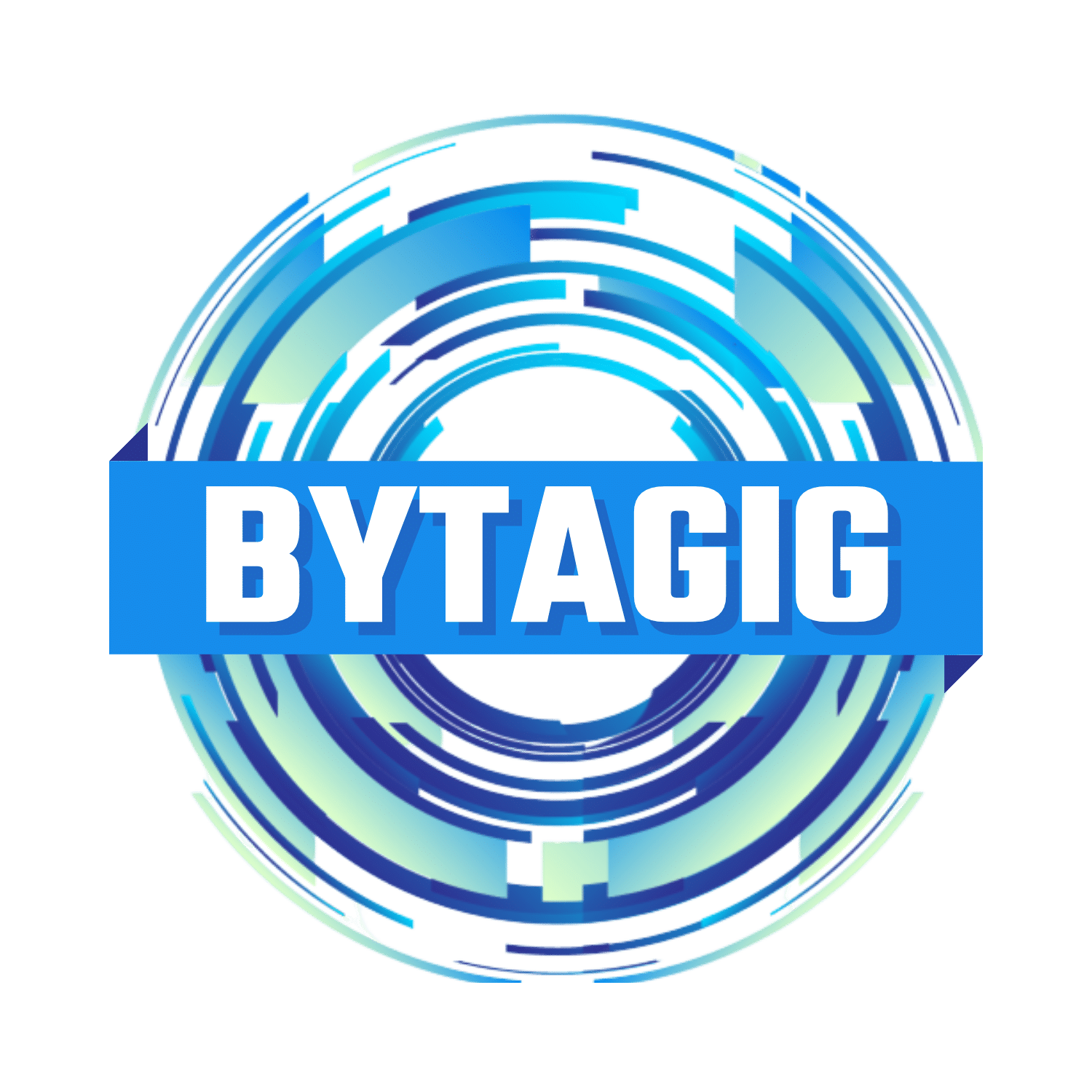
09 Jul Keeping Client Data Safe: Cybersecurity Tips for Financial Firms
In the financial world, protecting client data isn’t just good practice; it’s a business necessity. And when we talk about that necessity, we’re really talking about Cyber Security Tips for financial firms. When clients share their personal and financial details, they’re placing a significant amount of trust in your firm. One breach can shatter that trust and lead to costly reputational fallout.
Unfortunately, the risk is only growing. According to IBM’s 2025 Cost of a Data Breach Report, the finance and insurance sector was the second most targeted industry last year.
Securing client data requires more than just strong passwords. It takes a layered cybersecurity approach built on the right tools, proactive processes, and a team that’s trained to spot potential threats.
Find out why financial firms are common targets, the threats you should watch for, and how to reduce your risk. Whether you lead a small advisory firm or a growing investment company, this guide will walk you through what you need to know.
Why Financial Firms Are High-Value Targets
Cybercriminals aren’t just looking for fast cash. They’re after data that can be sold, ransomed, or used to launch even bigger attacks. Financial service firms are especially attractive because they manage large volumes of sensitive information.
This includes everything from Social Security numbers to wire instructions and login credentials. On top of that, many firms rely on third-party vendors, which expands the number of potential entry points.
It’s not just outside attackers you need to worry about, however. Insider mistakes, like clicking a malicious link or mishandling client documents, can be just as damaging. That’s why both your systems and your team need to be equipped to prevent and respond to risks.
The Most Common Threats to Client Data
Knowing where the risks are is the first step to reducing them. While every firm’s tech environment is different, there are a few threats that show up time and time again in the financial space.
- Phishing Attacks: Phishing remains one of the most common ways attackers gain access. These emails trick employees into clicking on malicious links or sharing credentials. One wrong click can compromise your entire system.
- Weak or Reused Passwords: Poor password practices are a major risk. Without multi-factor authentication and secure password management, it’s easier for attackers to break in.
- Unpatched Software and Outdated Systems: Cybercriminals exploit known weaknesses in outdated software. If updates are delayed or ignored, those vulnerabilities stay wide open.
- Third-Party Risk: Working with outside vendors can increase exposure if those vendors don’t follow strong security protocols. Their weaknesses can become your problem.
- Unsecured Devices and File Sharing: Client data is also at risk through lost or stolen devices, unsecured remote access, or careless file sharing. The more places your data goes, the more chances there are for it to be exposed.
How to Strengthen Your Data Security
The good news? You don’t need to overhaul everything at once to see improvements. A few smart changes can go a long way in protecting client data and building long-term resilience.
Tip #1: Implement Multi-Factor Authentication (MFA)
MFA adds an extra layer of protection by requiring users to verify their identity in more than one way. This simple step blocks many common login-based attacks.
Tip #2: Keep Software and Systems Updated
Regular patching is critical. Updates fix known security flaws, and delaying them gives cybercriminals a window of opportunity. If you have an IT partner, they should stay on top of these updates.
Tip #3: Use Secure Cloud and Storage Solutions
Storing client data in unprotected or outdated systems increases risk. Choose cloud platforms with strong encryption, access controls, and built-in compliance features. This is especially important for meeting standards under regulations like GLBA or SEC cybersecurity guidance.
Tip #4: Train Your Team Regularly
People are often the weakest link in cybersecurity. Training should be a regular part of your operations. That way, employees know how to spot and report common scams aimed at the financial sector.
Tip #5: Limit Access Based on Roles
Not everyone needs access to everything. Implement role-based access controls to reduce the chance of accidental or intentional data misuse.
Tip #6: Monitor Activity and Run Regular Security Audits
Log activity, set up alerts for unusual behavior, and conduct periodic audits. These steps can help catch issues early and strengthen your response if something goes wrong.
Tip #7: Vet Third-Party Vendors Carefully
Before granting vendors access to your systems or data, ensure they follow strong security protocols. Contracts should outline compliance standards and expectations for incident response.
Build a Stronger Security Foundation with Bytagig
Data security is not just an IT checkbox in the financial services industry. As threats continue to grow in volume and complexity, the firms that prioritize security will be the ones that stand out.
At Bytagig, we work with financial firms to build IT environments that support secure operations, meet compliance requirements, and adapt to evolving threats. From endpoint protection and cloud solutions to employee training, we deliver tailored strategies that reduce risk and strengthen trust.
Ready to strengthen your security posture? Contact us today to schedule a free consultation and learn how we can support your goals.
Share this post:

Sorry, the comment form is closed at this time.